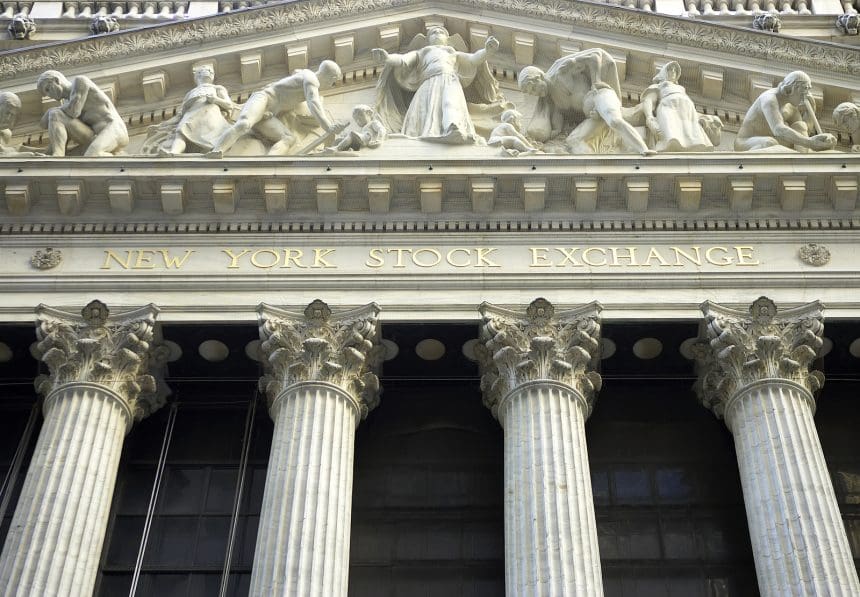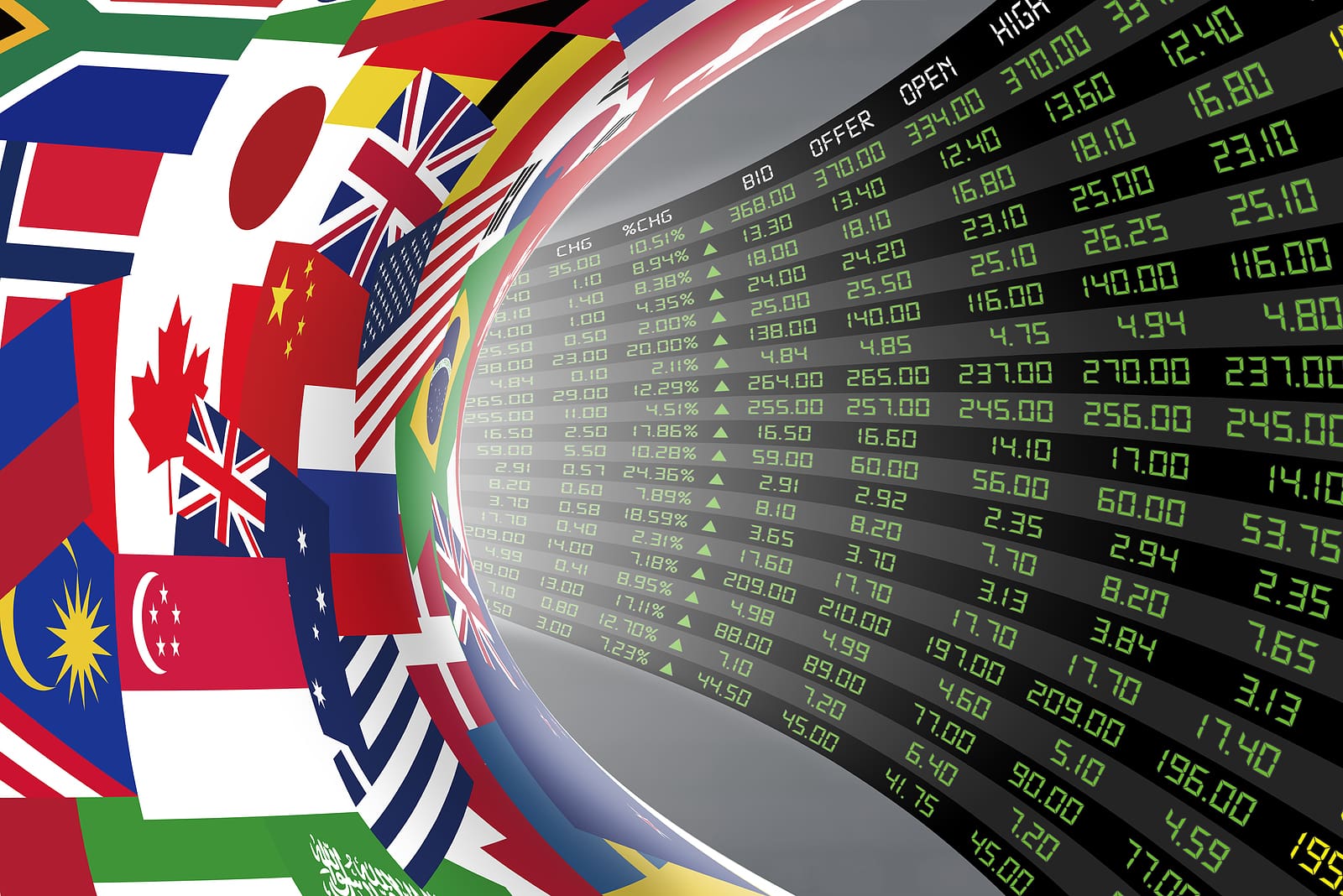Why the Stock Market Remains Overpriced: The Hidden Force of Institutional Investment
ST. LOUIS, MO (STL.News) Stock Market — For over a decade, market analysts and seasoned investors have pointed to a consistent anomaly: stock market valuations have remained historically elevated despite numerous warning signs from traditional indicators. Price-to-earnings (P/E) ratios, market cap-to-GDP comparisons, and other fundamental benchmarks have screamed “overvalued” — yet the market has continued to climb.
So, what’s driving this prolonged disconnect between stock prices and fundamental value?
The answer lies in the enormous, systemic influence of institutional capital — vast pools of money from pension funds, mutual funds, hedge funds, sovereign wealth funds, and exchange-traded funds (ETFs) that must remain actively invested, regardless of price. These institutional forces have become the dominant market driver, reshaping how modern financial markets behave.
Stock Market – The Power of Institutional Money
To understand the modern stock market, it’s essential to understand who controls it. Institutional investors account for more than 80% of all equity trades in the United States. Entities like BlackRock, Vanguard, and State Street manage trillions of dollars and hold significant stakes in nearly every major publicly traded company.
- BlackRock: Over $10 trillion in assets under management (AUM)
- Vanguard: $8+ trillion in AUM
- State Street: $4+ trillion in AUM
These firms and others are not just buying stocks — they are shaping the global flow of capital, and by extension, influencing the fate of equity markets.
Mandated Investment: Why the Money Must Be Deployed to the Stock Market
Unlike individual investors, large funds are often mandated by charter or regulation to stay invested. Pension funds must meet future obligations. Endowments must preserve capital while generating returns. Strict allocation guidelines govern insurance companies and retirement accounts.
This creates a system where money continually flows into the market, regardless of whether valuations are reasonable.
Key impacts:
- Passive funds buy shares simply because they’re in an index, not because they’re undervalued.
- Rebalancing activity (quarterly or annually) drives predictable market movements.
- Funds cannot hold too much cash without violating their mandates.
This perpetual demand artificially props up markets, leading to valuation inflation that is detached from fundamental performance.
Stock Market – Traditional Valuation Metrics Have Lost Influence
Fundamental analysis — the time-tested strategy of evaluating a company’s intrinsic value based on earnings, debt, cash flow, and growth potential — is increasingly being ignored in favor of market momentum and capital flow dynamics.
Let’s examine a few classic metrics:
Shiller P/E Ratio (CAPE)
- This cyclically adjusted metric smooths earnings over a 10-year period.
- Historically, a CAPE above 30 indicates severe overvaluation.
- As of 2025, the S&P 500 CAPE ratio remains above 34 — levels seen only before the 2000 dot-com bubble.
Buffett Indicator (Market Cap to GDP)
- Warren Buffett once called this the “single best measure” of market valuation.
- A ratio above 100% is considered overvalued. Today, it exceeds 160%, signaling dangerous levels.
Price-to-Book and Dividend Yields
- Both have trended lower, while share prices have trended higher — indicating that investors are paying more for less.
Yet markets continue climbing. Why?
Because valuation no longer dictates investment behavior. Liquidity does.
Stock Market – The Rise of Passive Investing: Automatic Price Inflation
Passive investing — the strategy of tracking indexes rather than picking stocks — has become the dominant strategy in the U.S., overtaking active management in assets.
When investors pour money into S&P 500 ETFs, for example:
- Funds must buy all 500 companies in proportion to their market cap.
- Larger companies (Apple, Microsoft, Nvidia, Amazon) receive more investment just because they are bigger.
- This creates self-reinforcing price increases, regardless of earnings or outlook.
This cycle fuels what some economists call “passive distortion” —










